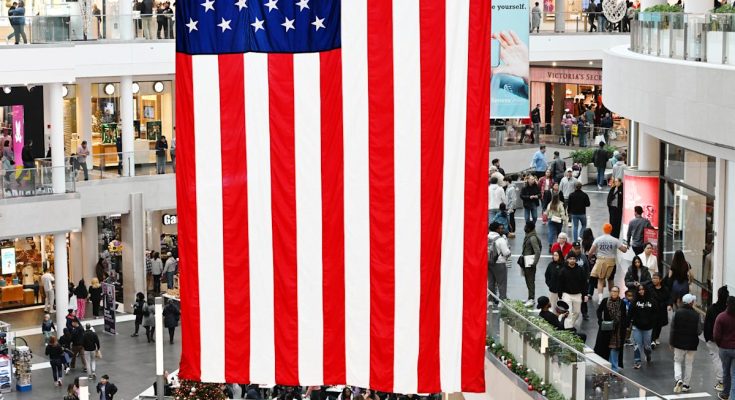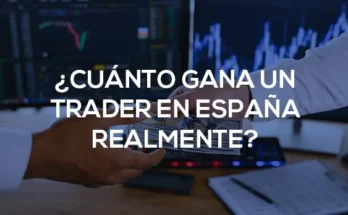Americans making over $100,000 a year are boosting the US economy, with industries ranging from travel and the auto industry to packaged foods and even dollar stores feeling the shift.
“Our consumer is a high-end consumer … They’re financially strong. They’ve got the means. They’ve got the interest to travel,” Delta Air Lines (DAL) CEO Ed Bastian told Yahoo Finance last week. Its premium business, like Comfort Plus and Delta One cabins, saw revenue increase 9% year over year in the quarter.
United Airlines (UAL) CEO Scott Kirby said the company has a higher share of demand among its loyalty customers, who have the means to travel, on an earnings call with investors.
“There are people that … in many cases, do have the income to continue traveling,” Kirby said.
Attempting to shrug off slowdown fears, Kirby added, “If demand … bleeds off on the lower end when there’s economic stress, there’s more seats available on United Airlines for those brand-loyal customers … it makes [the airlines] resilient.” Its premium revenue grew 6% last quarter.
Read more: How to save on holiday flights — and where to park your funds until you book
In its latest Beige Book report released on Wednesday, the Federal Reserve found that “spending by higher-income individuals on luxury travel and accommodation was reportedly strong” among its business contacts.
The Beige Book added, “Several reports highlighted that lower- and middle-income households continued to seek discounts and promotions in the face of rising prices and elevated economic uncertainty.”
In September, spending by households in the top third of the income distribution rose by 2.6% over last year, according to data from the Bank of America Institute published earlier this month. For the lowest third of earners, spending rose a more modest 0.6%.
A survey conducted by JPMorgan pointed to more of the same in the near term. Analyst Matthew Boss found that higher-income consumers, who feel better about the trajectory of the US economy, plan to increase spending on nonessential goods such as clothing over the next 12 months, compared to middle- and lower-income consumers, who plan to pull back.
David Tinsley, senior economist for the Bank of America Institute, told Yahoo Finance the wage picture is playing a large role in the widening gap between spending habits of higher- and lower-income consumers.
Wages for the highest earners rose 4% over the prior year in September; for the lowest earners, wages rose just 1.4%, failing to keep pace with inflation. “And that divergence has widened really over the last six months or so,” Tinsley said. “So that’s, I think, the primary driver.”



